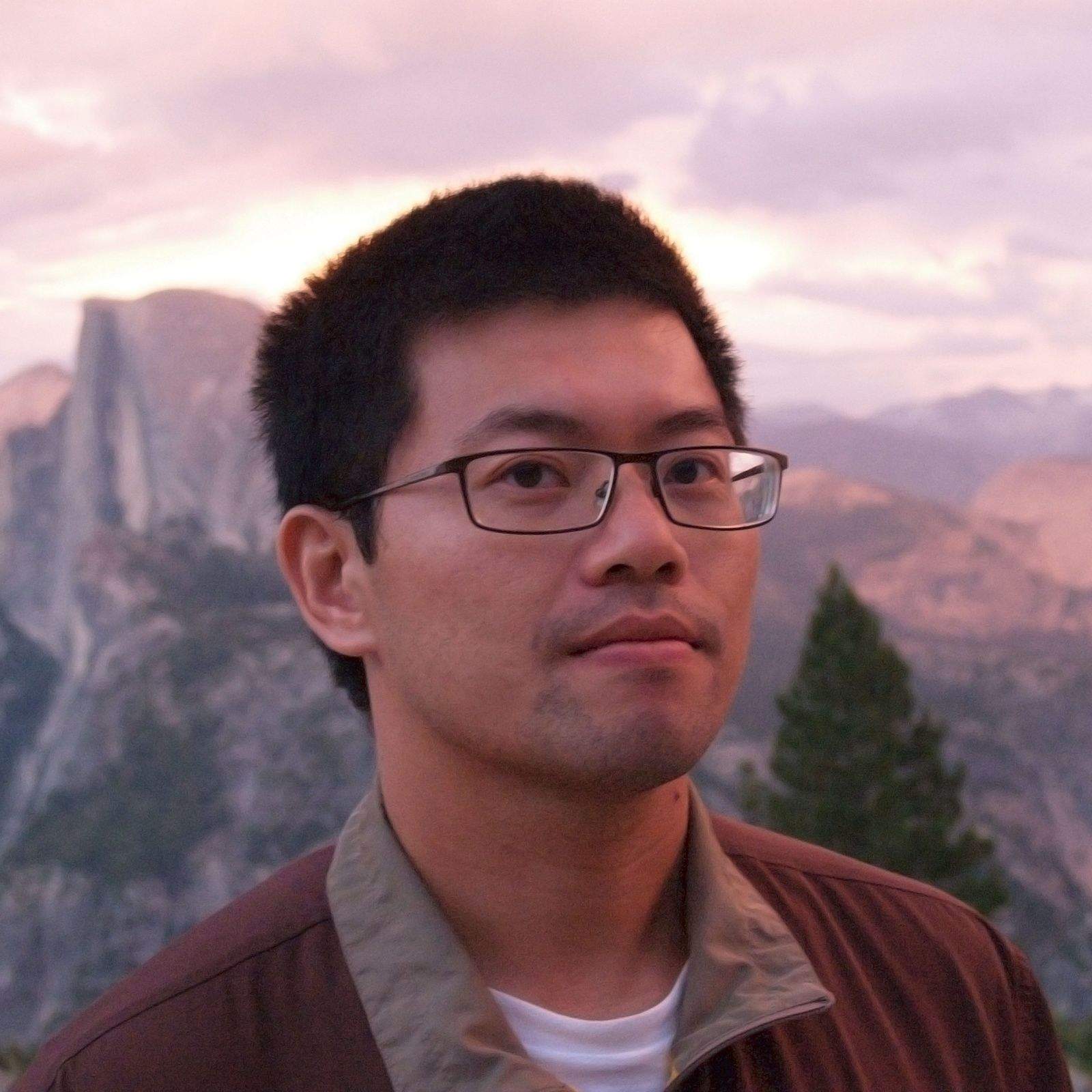The coiled hose left a mark on the grass, a fading of color where the sun could not shine.
From this moment on his front lawn, Binh Danh realized he could create a photographic process using sunlight, leaves and grass. He had no idea his method would develop into an organic process of self-discovery.
On leaves from his family’s garden, Danh brings fresh examination to an old war, printing haunted faces and horrific scenes from the Vietnam conflict with light and chlorophyll.
Danh, 36, creates a positive transparency from a repurposed photo from the war, lays it on top of a leaf or a woven mat of grass and places it in the sun for several days at a time. After a while, details of an oft-forgotten war appear on the area of the leaf deprived of sunlight. The leaves are then coated in a UV-resistant spray and encased in a thin block of resin.
The work has brought global recognition to the Vietnam-born Danh, now an assistant professor of photography at Arizona State University. It also allows him to examine the world’s collective memory of the war and intuit seldom-talked-about pieces of his family’s history from that time period.
“I didn’t have any memory coming to the United States,” said Danh, who was 2 in 1979 when his family relocated to San Jose, California. “There’s a rich history never told to me because it was too painful to relive. So much of my work has dealt with that history.”
Danh grew up unsure how to navigate a cultural duality. He lived in the San Francisco Bay Area with other refugee families but started to question where he fit in once he started school as one of only a few Asian Americans in the student body.
Even at a young age, he began using art as a way to answer questions of identity.
At 21, he made his first trip to Vietnam and felt culture shock.
“It was mind-boggling being in the country where I was born,” he said. “In Vietnam, there were a lot of war remnant museums…. The war was so much a part of the landscape. I was there just at the right time because I was really exploring issues of history and identity.”
Danh was at San Jose State University when he began experimenting with chlorophyll printing and examining the war.
It was a way to connect with his parents, who were reluctant to tell him stories. He appealed to their concern for his education and when he explained he was doing research for class projects, they began to tell some of their stories. Suddenly, unexplained parts of his life gained context and he began to understand how best to translate the lingering pain and residue of war.
He used pictures from Life magazine, The New York Times and discarded images and mementos found on his travels.
His first major exhibition in 2002, called Immortality, The Remnants of the Vietnam and American War, uses jungle leaves to remind the viewer of the country’s landscape. Merged with recycled news images — a weeping mother with a wounded child, a silhouetted platoon of soldiers seemingly marching into oblivion, frightened children, bombs falling from jets — his work sears the soul.
Ancestral Altars recalls Danh’s visit to a museum that honors those killed by the Khmer Rouge under Pol Pot. The portraits he found on those walls are emblazoned on the leaves, staring out at the viewer as a testimonial artifact. The shape of the leaves, the use of butterfly imagery creates an altar-like feeling Danh said he designed so that we may meditate on this history.
In an exhibition called One Week’s Dead, he used photos printed in a 1969 Life article under a headline of the same name. The faces of fallen soldiers are again memorialized but remain in a ghostly fade like the plant material holding their images.
Poet Robert Schultz was “struck so forcibly” by the leaf prints seven years ago at an exhibit in Roanoke, Virginia, that he began writing poems in response. The two have since collaborated on a number of projects and will have a collaborative exhibit this fall in Roanoke on the Civil War.
“You could call his work an art of witness,” Schultz said. “There has been a lot of great art, great movies and great writing about the Vietnam War and his work is as unique and as powerful as anything I’ve seen.”
Danh, who holds a BFA from San Jose State and an MFA from Stanford University, is a photographer who has done more traditional documentary work, including a portrait project of the Vietnamese community in Lincoln, Nebraska. He still does chlorophyll printing but his newest work has shifted to making daguerreotypes.
He continues to explore questions of war, identity and connectedness and the mirrorlike surface of a daguerreotype allows people to see themselves. He teaches this and other 19th-century photo-printing techniques at Arizona State University.
Along with his collaboration with Schultz on the Civil War, Danh has also done work on one community’s response to the death toll from the wars in Iraq and Afghanistan. A hillside in Lafayette, California, holds a white cross for each soldier lost and Danh has done a daguerreotype series on the hillside memorial.
“My work has taught me that life is short and like a reel of 16mm movie film — it does not stop rolling,” Danh said. “I always thought that my work is like a religious practice to me. As I make art, I find out more about myself and the time I am living in.”



